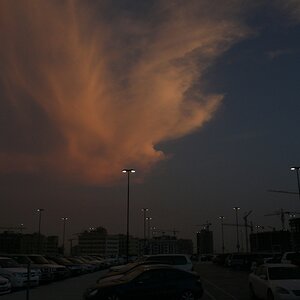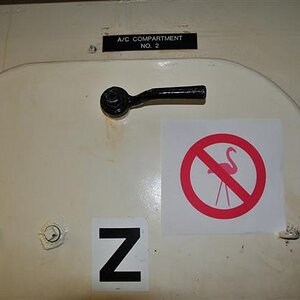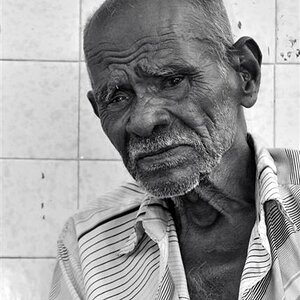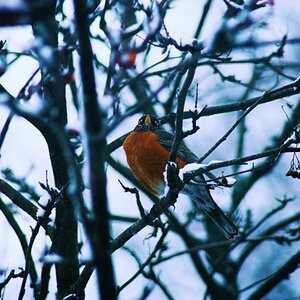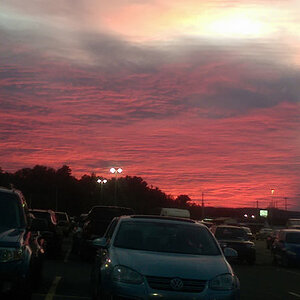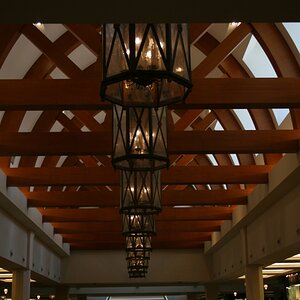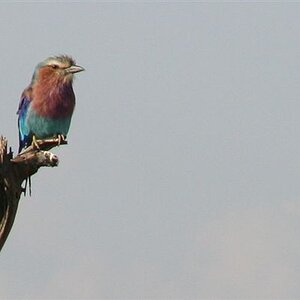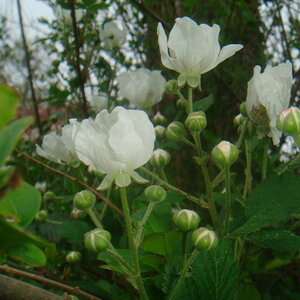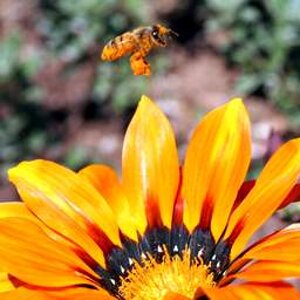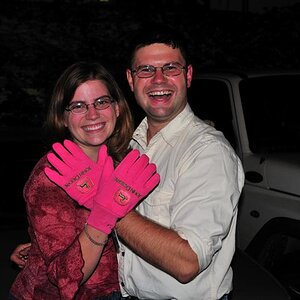snapsnap1973
TPF Noob!
- Joined
- Jan 18, 2013
- Messages
- 147
- Reaction score
- 4
- Location
- Portland, Maine
- Can others edit my Photos
- Photos NOT OK to edit
How come the camera needs say even 1 second to capture light if light travels at 186,000 miles a second? Also, I'm having trouble understanding WHY if the shutter is open longer (say 4 seconds) why there would be motion blur.
For example, say for the first second the scene is recorded by the sensor and then the 2nd second a bird flys by. How do those 2 events get recorded into one image and WHAT determines WHAT gets recorded at what time?
For example, say there was a red house behind the bird, but before the bird flew by in the 2nd second (of 4 seconds) the entire red house was recorded somewhere (where?) and then the bird flys in front of the red house. What time frame in those 4 seconds determines if the bird blocks out part of the red house as a blur maybe?
I mean say for the first second there's NO BIRD and then it flys by in the 2nd second and then he's gone in the 3rd second and 4th second of exposure. Does the bird appear in the final picture as a blur?
This is kind of confusing.
I'm especially though having trouble with the fact that the shutter being open a little longer would allow more light in. If light travels so quickly why wouldn't it all end up at the sensor in a fraction of a second and just be recorded?
How would allowing more light in over a period of time alter the picture?
Say, I draw my blinds in the morning. The light just shoots in and lights up the room instantaneously and everything is visible just as it is. It doesn't become MORE visible in a matter of seconds unless of course the sun gets higher or a cloud moves out of the way, etc.
This is got me a little irritated thinking about it.
For example, say for the first second the scene is recorded by the sensor and then the 2nd second a bird flys by. How do those 2 events get recorded into one image and WHAT determines WHAT gets recorded at what time?
For example, say there was a red house behind the bird, but before the bird flew by in the 2nd second (of 4 seconds) the entire red house was recorded somewhere (where?) and then the bird flys in front of the red house. What time frame in those 4 seconds determines if the bird blocks out part of the red house as a blur maybe?
I mean say for the first second there's NO BIRD and then it flys by in the 2nd second and then he's gone in the 3rd second and 4th second of exposure. Does the bird appear in the final picture as a blur?
This is kind of confusing.
I'm especially though having trouble with the fact that the shutter being open a little longer would allow more light in. If light travels so quickly why wouldn't it all end up at the sensor in a fraction of a second and just be recorded?
How would allowing more light in over a period of time alter the picture?
Say, I draw my blinds in the morning. The light just shoots in and lights up the room instantaneously and everything is visible just as it is. It doesn't become MORE visible in a matter of seconds unless of course the sun gets higher or a cloud moves out of the way, etc.
This is got me a little irritated thinking about it.


